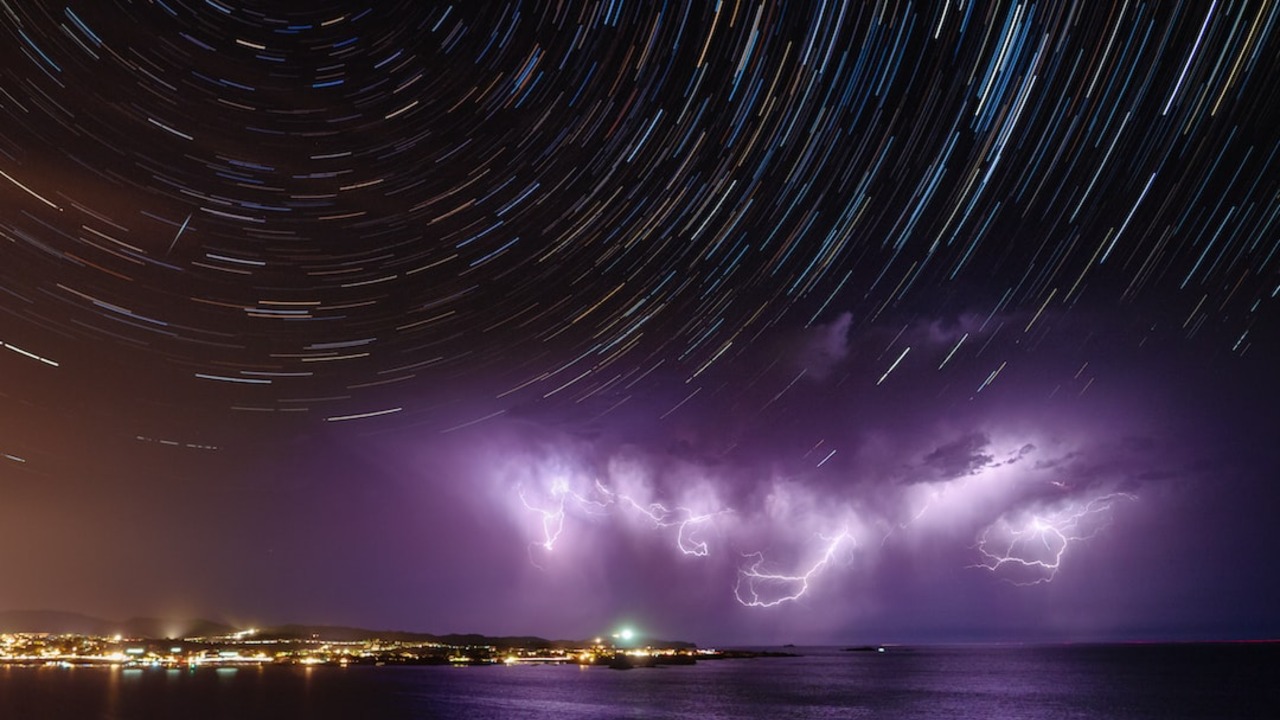Stargazers are in for a spectacular treat as the Perseid meteor shower graces the night sky on Saturday night, casting a breathtaking natural display.
This captivating phenomenon involves the appearance of numerous meteors, sometimes reaching dozens per hour. These meteors are formed when debris from comet 109P/Swift-Tuttle collides with the Earth’s atmosphere, igniting and creating a dazzling visual spectacle.
The highly anticipated event is projected to reach its climax during the night of August 12, continuing into the early hours of August 13. During this time frame, sky enthusiasts can anticipate the potential to witness up to an impressive 100 shooting stars each hour.
The Perseid meteor shower consistently occurs around the same period each year, specifically during July and August. This celestial display is visible across the globe, although it is believed to be most distinct in the northern hemisphere.
These meteors, ranging from minuscule grains of sand to pea-sized objects, enter the Earth’s atmosphere at astonishing speeds of 134,000 mph (215,000 km/h). The friction generates intense heat, resulting in the brilliant flashes that can be observed with the naked eye. It’s important to note that despite their fiery appearance, these blazing remnants pose no threat to Earth.
Regarded as one of the most remarkable astronomical occurrences, the Perseid meteor shower stands out due to its production of vibrant and numerous meteors, marking it as one of the most active meteor showers.
For optimal viewing conditions, individuals residing in the north Midlands, eastern regions, and north east England are expected to enjoy the clearest skies throughout the night. The areas east of the Pennines hold a favorable position for witnessing the meteor shower’s splendor.

In contrast, areas like south west and north west England may experience more sporadic conditions, characterized by intermittent showers, though clear skies are anticipated to emerge intermittently. According to meteorologist Billy Payne from BBC Weather, other parts of the UK might also witness occasional clear spells, while the cloudiest conditions are predicted for parts of western Britain, especially coastal and hilly regions, due to the prevailing south-westerly breeze.
As for the odds of catching this celestial spectacle, those in Northern Ireland hold approximately a 60% chance of witnessing the meteor display, while individuals in east Scotland stand at roughly 50%. The viewing odds decrease to around 40% for those in Wales.
This year, NASA’s All Sky Fireball Network, a system of cameras designed to observe meteors, identified the first Perseid meteor of the year on July 26.
To catch a glimpse of these meteors, all you need is a clear night sky, a dash of patience, and darkness. The meteors are expected to appear in all directions across the celestial expanse.
The term “Perseid” meteor shower originates from the fact that these meteors seem to emanate from the Perseus constellation, named after a prominent figure from Greek mythology.
Furthermore, spectators might also have the opportunity to witness fireballs – exceptionally bright meteors – along with meteors adorned with long, luminous tails.
The Royal Astronomical Society affirms that watching meteor showers requires no specialized equipment and is a simple pleasure accessible to all. So, gear up for this enchanting event and let the cosmos put on a mesmerizing show just for you.
Read More:
Sony Unveils New PS5 Console Update for August 2023: Enhancements and Exciting Features
Breaking: Unmasking the Terrifying ‘Eris’ Variant Surge – Is Your Health at Risk?
Legionella Bacteria Detected in Bibby Stockholm : Understanding the Implications and Ensuring Safety





